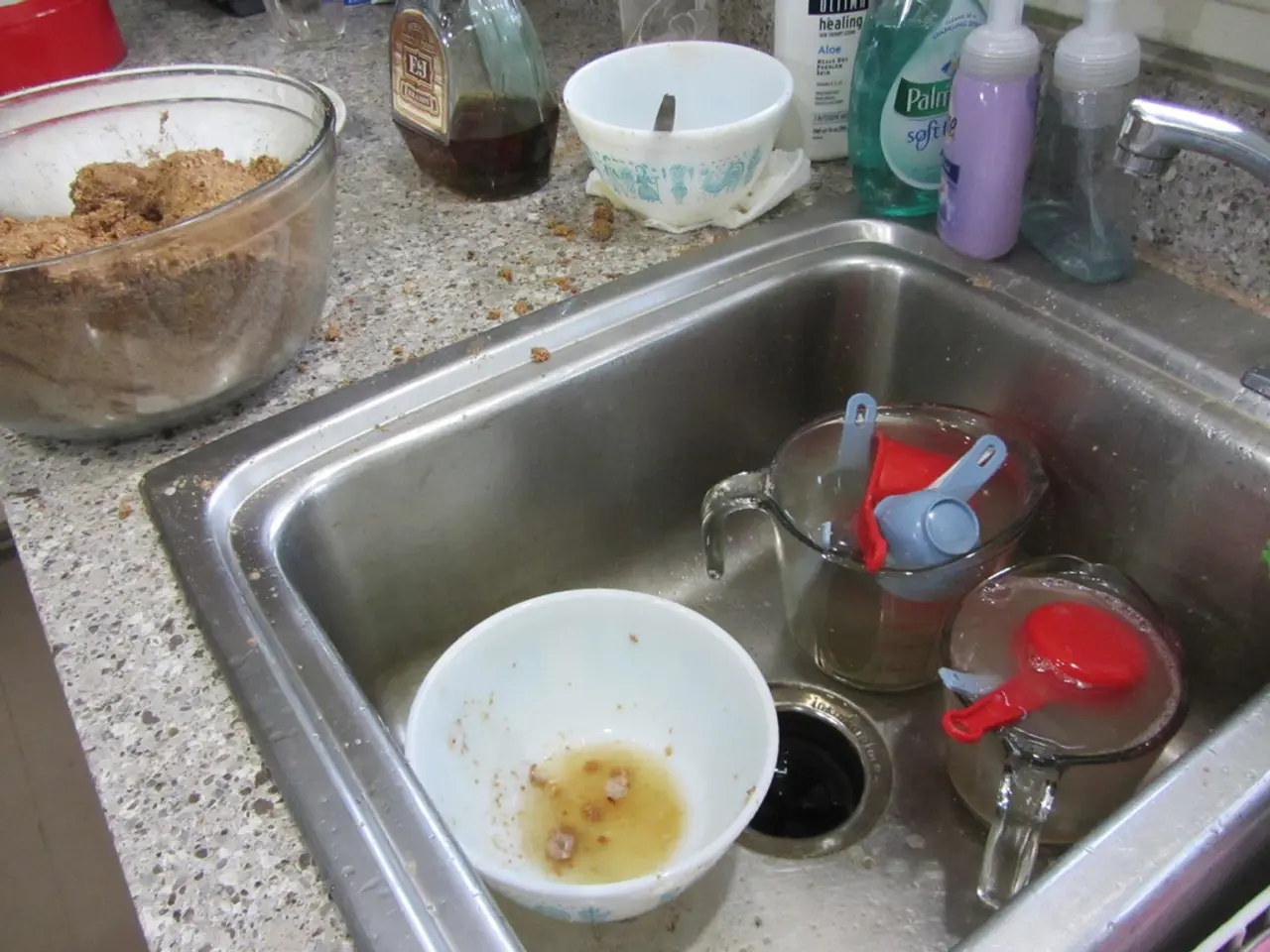Worldwide Analysis of Antibiotic Resistance Developments
The World Health Organization (WHO) has issued a grim warning about the escalating threat of antibiotic resistance (AMR), with a comprehensive report highlighting the growing number of infections that are no longer treatable with last-resort antibiotics.
According to the report, published in The Lancet in 2024, 4.71 million deaths were associated with bacterial AMR in 2021, of which 1.14 million were directly attributable to AMR. Without intervention, these numbers could rise to about 8.22 million associated deaths and 1.91 million attributable deaths by 2050, a trend particularly concerning in older populations due to demographic shifts towards aging worldwide.
Two prominent examples of bacterial resistance that illustrate these challenges are Klebsiella pneumoniae and Escherichia coli. Klebsiella pneumoniae has shown high resistance rates to last-resort antibiotics such as carbapenems and colistin, with reports indicating over 50% resistance in hospital settings in several emerging economies. This severely limits treatment options and complicates infection management.
Escherichia coli, a leading cause of urinary tract infections (UTIs) and bacteremia, has developed resistance to common antibiotics such as ceftriaxone, ciprofloxacin, and gentamicin, with resistance rates as high as 90% in some regions.
The overarching challenges globally include insufficient access to accurate and rapid diagnostic tools, over-prescription and misuse of antibiotics, the need for strengthened antimicrobial stewardship programs and infection control measures, and growing demand for antibiotic research and development.
The report also emphasizes a One Health approach, integrating human, animal, and environmental health perspectives, and promoting global education, surveillance improvement, policy reforms, and funding support to curb AMR's trajectory.
Microbiologist Dr Siouxsie Wiles estimates that the number of potential antibiotic resistance genes that exist is over 20,000, and warns that a world without antibiotics is a scary place and we may be living in such a world in as little as 10 years. The domestic use of antimicrobial agents needs to be reassessed to ensure that these products do not reduce the effectiveness of medical treatment.
Household products containing antimicrobial agents such as triclosan and triclorban may contribute to the development of antibiotic-resistant bacteria. These chemicals are released into the environment via discharges from sewage treatment plants. For example, people with MRSA (methicillin-resistant Staphylococcus aureus) in New Zealand are 64% more likely to die than people with a non-resistant form of the infection.
The report from The Office of the Prime Minister's Chief Science Advisor (2018-2024) has a series of recommendations to help Aotearoa New Zealand unite against the threat of infectious disease and AMR. Professor Nigel Brown emphasizes the need for scientific research to develop new approaches to tackle AMR, including the development of new antibiotics, rapid-diagnostic devices, and studies to understand how microbes become resistant to drugs and how human behavior influences the spread of resistance.
In summary, the global fight against AMR faces escalating threats from resistant strains of Klebsiella pneumoniae and Escherichia coli, demanding urgent multisectoral collaboration and investment in diagnostics, novel therapeutics, and stewardship to prevent a projected millions-scale mortality burden by 2050.
Science must focus on developing new therapies and treatments to combat the growing threat of antibiotic resistance, particularly in the context of medical-conditions such as urinary tract infections and bacteremia caused by strains like Klebsiella pneumoniae and Escherichia coli. Health-and-wellness initiatives should also prioritize education and awareness, as well as stewardship programs to ensure responsible use of antibiotics and limit the development of antibiotic-resistant bacteria.




